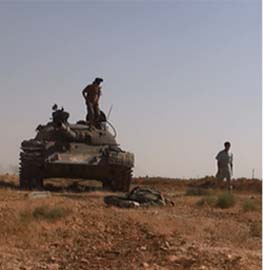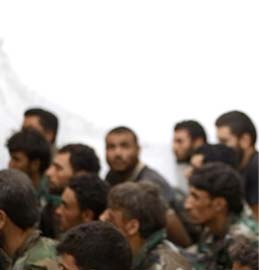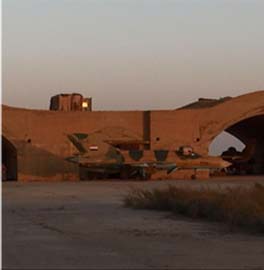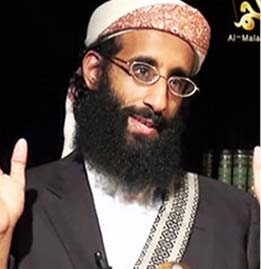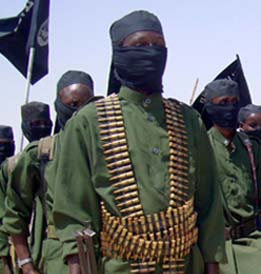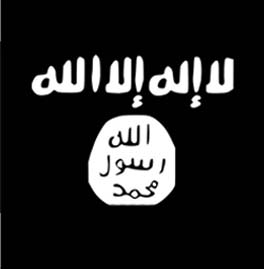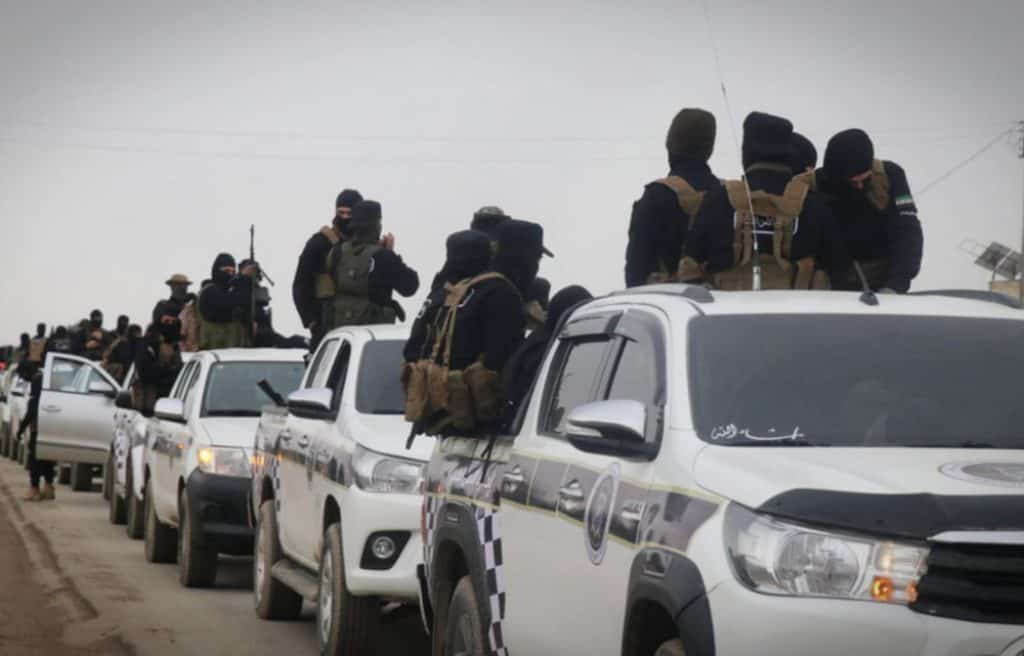
Forces from Syria’s General Security Department entered the northwestern Syrian city of Afrin on February 6, the Syrian Arab News Agency (SANA) reported. The state media agency said that the forces entered the area to “reinforce security” and received a “massive welcome from residents.” Afrin has been occupied by various armed factions of the Turkish-backed Syrian National Army (SNA) since 2018.
By entering Afrin, the new Syrian government continues asserting its control over parts of the country. This development follows a January 29 meeting in Damascus in which a number of armed groups agreed to dissolve and become part of a unified security structure, and Ahmed Sharaa, the leader of Hayat Tahrir al Sham (HTS), was proclaimed the transitional president of Syria.
The convoy of security forces dispatched by Damascus entered the region on the morning of February 6. Afrin is a historically Kurdish area of Syria, and the changeover in power has been followed closely by Kurdish media. Kurdistan24, a network based in Erbil in the autonomous Kurdistan Region of Iraq, reported that 60 vehicles carrying personnel entered Afrin. The report described them as members of the Public Security Forces and characterized the deployment as “a significant shift in the city’s administration.”
Afrin is the name of a Syrian district and the district’s capital city. The district has an estimated population of around 200,000 but has undergone significant changes in recent years.
“The deployment is perceived as an initial step toward reclaiming the city from Turkish-backed forces, aiming to address issues of military restructuring, resolve factional conflicts, and establish a new administrative framework in alignment with Syria’s evolving political landscape,” Kurdistan24 notes. The report also asserts that many people welcomed the new forces, but some held signs demanding greater law enforcement and an end to the detention of locals and violence among armed groups.
Videos posted on social media show the column comprised of a mix of vehicles, mostly pickup trucks with armed men and some with police-style sirens on top, driving through crowds who greeted them with applause. Some men brought drums to celebrate the occasion, and there was a mix of Kurdish and Syrian revolutionary flags, the latter of which is the official flag of the new Syrian government.
The convoy’s arrival is expected to represent an enduring shift from control by the SNA to Damascus. Commentators on social media questioned whether the change would also result in Kurds who fled Afrin in 2018, when Turkey launched an invasion of the area, returning to the region. In general, the deployment appears to have been greeted with support by locals and commentators who follow developments in Syria.
The deployment has also led to expectations among eastern Syria media organizations, which are close to the Syrian Democratic Forces, that Damascus will send an official delegation to Afrin to standardize its authority. Ahmed Hassan, head of the local branch of the Kurdish National Council in Afrin, told Rudaw Media Network on February 6 that he “has not been officially informed that power in Afrin and its surroundings will be transferred to the General Security [Damascus government control].”
Today’s developments follow years of uncertainty in the region. In January 2018, Turkey launched a military operation in Afrin, announcing it was targeting Kurdistan Workers Party (PKK) terrorists. At the time, Afrin was run by the Syrian People’s Defense Units (YPG), a group linked to the PKK. Ankara backed the Syrian National Army, a collection of Syrian rebel groups, to take over Afrin in the wake of the fighting.
Since then, Afrin has been subjected to infighting among SNA factions and experienced significant demographic changes as people displaced from other areas of Syria moved there. “The number of displaced people has led to an unprecedented population explosion in Afrin,” Al Jazeera noted recently. Many of the displaced individuals who moved to Afrin are Arabs, while many of those who fled in 2018 were Kurds. Kurds have demanded to return to the area, according to reports by the Kurdish Hawar News Agency (ANHA).
Damascus’s entry into Afrin follows high-profile trips by Syrian President Ahmed Sharaa to Saudi Arabia and Turkey, as well as a phone call between Sharaa and French President Emmanuel Macron on February 5. It is unclear if the visit to Turkey and the call with Macron are linked to the new deployment in northwest Syria, or if the deployment will presage similar movements into other areas run by the SNA.

